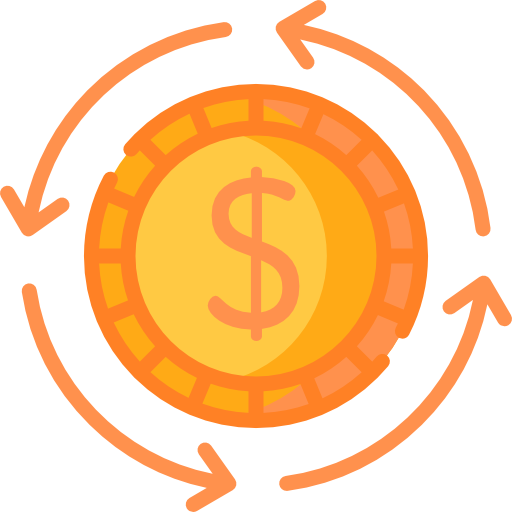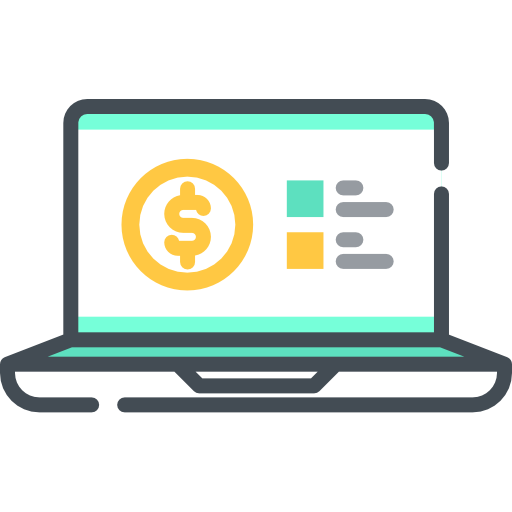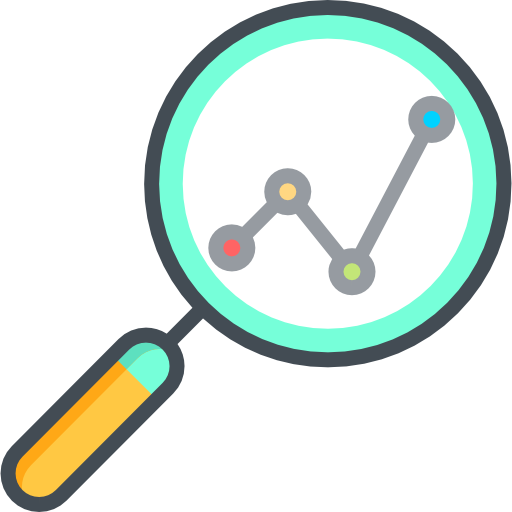Forecasting the future of your business is important work. Whether it’s predicting peak seasons for your sales, anticipating price hikes, or projecting the outcomes of a major shift in strategy, peering ahead is a core part of running an enterprise.
That having been said, projecting your expenses through a cash flow forecast is a particularly useful tactic. By mapping out your past cash flow data, you can spot cycles and plot future trajectories –all towards the goal of securing your business from cash flow problems that tend to come from a lack of foresight.
This guide will show you how this small business accounting tool helps you predict your income and expenses for a given period of time, as well as prove to you why doing so keeps your business running at an optimal level.
What are cash flow forecasts?
There are three concepts you need to be familiar with before you can fully appreciate what cash flow forecasts are.
First is cash flow. Cash flow is divided into two types: in-flow and out-flow. In-flow is basically any cash entering your business while out-flow is any cash exiting it. There are a few more intricacies to it and we’ve discussed them in greater detail in a previous article entitled “What is Cash Flow?”
Second is your real cash flow. Real cash flow is, simply, your recorded cash flow data for a specific period of time. This is historical data, figures generated by your business’ activity in the past.
Third is your estimated cash flow. These are predictions made on future cash flow data within a specific period of time. You generate these by making calculated guesses about your future spending, given how you’ve spent in the past; coming up with them is half the task when working with cash flow forecasts.
So what are cash flow forecasts?
Cash flow forecasts, therefore, are reports that compare your real cash flow for a previous time period against your estimated cash flow for that period, and outline your estimated cash flow for the following interval.
Business Victoria hosts a rather complex template of what this would look like here. Note that your own cash flow forecasts may look different, and we recommend working with your accountant to come up with one that suits your needs.

However, if you choose to construct it yourself, we recommend tracking the following data:
- A column for your real monthly expenses, broken down into operations, financing, and investments. This is similar to the three standard sections you’ll find in a standard cash flow statement.
- A column for your estimated monthly expenses, broken down into operations, financing, and investments. This should be similar to your column for real expenses but formatted to be easily distinguishable at a glance.
- A column for the differences between your real and estimated expenses. If you’re working with a digital spreadsheet like Microsoft Excel or Google Sheets, this can be programmed to calculate automatically.
It’s up to you to decide how specific you want your breakdown of expenses to be. What matters is that it presents enough data for you to be able to make accurate conclusions about your business’ by-period activities.
Creating a cash flow forecast
The first step in creating a cash flow forecast begins far in advance, with the way your tradie business collects and organises its data. For the sake of collecting data, no level of specificity is too much. Record everything you can think of, and then sort out the important data points later on. After all, it’s better to have a long and detailed list of transactions than a set of aggregates that doesn’t tell you anything about your spending and earning patterns.
Once you’ve collected the necessary data, start estimating your cash flow for the following months or years, depending on the time period you’re working with. Monitor your regular expenses (e.g. utilities, wages, inventory), accidental expenses, and expected earnings.
Afterwards, take a look at your data from previous months or years to get an idea of what to expect. If you’ve been conducting cash flow analysis regularly, you should already have identified trends and patterns that you can factor into this exercise.

Once you’ve created your estimated cash flow, compare it your real cash flow and compute for the difference by subtracting your expected cash flow from your real cash flow. If the difference is a positive number it means you’ve brought in more cash than you were expecting to, and if it’s a negative number then you’ve brought in less.
Finally, analyze your cash flow forecast. This will take an entire section to cover, so let’s get to it.
Analyzing your cash flow forecast
This is where cash flow forecasts become truly useful to a tradie business owner. Having the numbers laid out in front of you is great for keeping track of things, but the real value in the exercise comes when you start looking into what the numbers suggest.
A good cash flow forecast should provide with a number of insights that become clear in sequence. As you find answers to the more obvious questions, subtler ones emerge until you’re ultimately left with a crystal-clear idea of where your business went right or wrong, and how to make the most out of the coming months.
First, did you make more or less than you expected? By how much? If the difference is staggering, double check your data to make sure it’s not due to an encoding error.
Second, if you made more, where is the excess coming from? If you made less, what costs pulled you away from your target? It’s as this point where the hard work of collecting specific data pays off. If you were diligent, you should to be able to see exactly what is causing your real and expected cash flows to differ from one another.

Third, did anything happen in the specific time period of your forecast that can explain the difference? Did you break an expensive piece of equipment that needed to be replaced ASAP? Generating value out of your cash flow forecast is part storytelling: paint a clear picture of how you wound up making or losing what you did, and you’ll be better prepared for the next time around.
And lastly, how can you avoid this in the future (if expenses were higher) or make it happen again (if income was higher? This is perhaps the main benefit of conducting cash flow forecasts because they’ll tell you if what you’re doing to cut costs or increase revenue is actually working. Maybe handing out fliers isn’t as great an idea as you thought it would be, or maybe you don’t need to be so meticulous about keeping your electricity consumption down.
The point is, if you do your cash flow forecasting right you’ll be saving yourself a lot of time and effort.
What now?
Now that you’ve hopefully completed a proper cash flow forecast, here are a few basic steps to take moving forward:
- Cut your unnecessary costs. Now that you know what’s weighing your business’ finances down, ditch the dead weight. If one of your services is rarely availed, bundle it with something more commonly needed or shift your marketing strategy for it.
- Boost your heavy income drivers. Start offering promos for the services that people ask for the most and pour a bit more cash into advertising them. By this point, you should know what’s earning you the most and it only makes sense to devote your attention to them.
- Adjust your estimates accordingly. In the event that you made more money than expected, make sure it’s not because you underestimated your sales. Likewise, if you’re consistently failing to reach quota despite your best and optimal efforts then maybe you’re setting the bar a bit too high.

Conclusion
You can’t move forward without looking back. Your cash flow forecasts do precisely that, which is why we count them among some of the best practices you can adopt when doing business.
While the practice might seem tedious and time-consuming, we assure you that the information you gain along the way is worth every second you spend punching in numbers and filing receipts.
If you fail to prepare, you prepare to fail and in the world of business failures can cost you everything, so go the extra mile and start making cash flow forecasts today.








